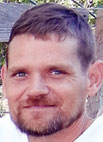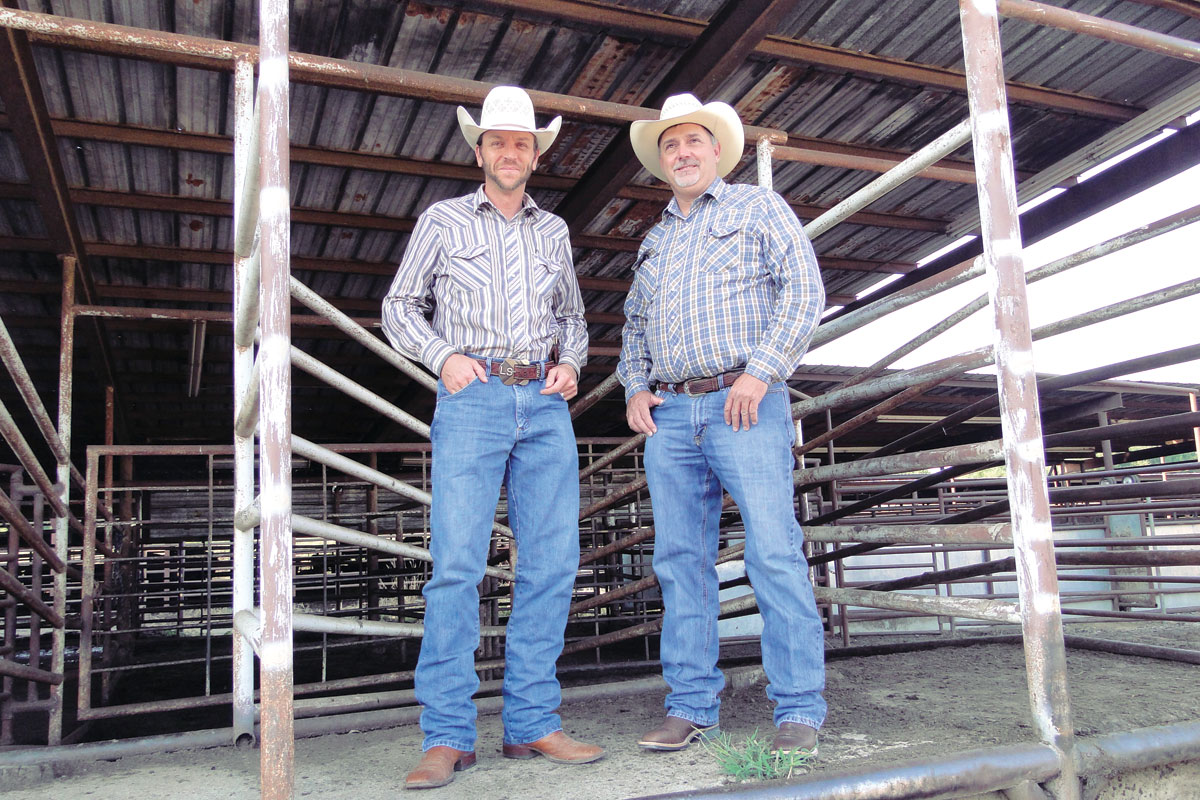
Leroy Baker focuses on the genetics of his herd, producing quality bulls and heifers
Leroy Baker of Vinita, Okla., runs a polled Hereford breeding stock operation on 300 acres he and his brother James own.
Leroy runs 85 mommas and 10 heifers, including 2-year-olds ready to calve. Though he performs some AI, he mostly breeds naturally. He maintains five bulls selected for body length and width, for easy temperament, as well as coming from cows with a proven record of producing the biggest calves in addition to “pouring on the milk.”
Leroy’s heifer bull typically produces 58- to 65-pound calves and was purchased only after Leroy knew his birthweight, in addition to knowing his EPDs and seeing the young bull for himself.
“I like ‘framey’ cattle rather than short and won’t purchase an animal I can’t see in person,” he explained. “I most often match the strength of the bull to the weakness of the cow, though I sometimes match strength to strength, such as high milk production for replacement heifers.”
Leroy’s dad originally had a Hereford herd which was sold because of a drought. Later came dairy cattle. The dairy cows were bred to Herefords, so Leroy’s preference for the breed came naturally, though he switched to polled genetics.
“We had Black Herefords before they were a thing,” Leroy said with a laugh.
Leroy attended Big Cabin High School, and taught business and coached basketball for 19 years in the same area. During that time, he also allowed students to show working Quarter Horses from his foundation herd, which he now keeps as a hobby.
Later, Leroy worked as a vet tech for the full-service Cross 7 Veterinary Clinic in nearby Bluejacket, Okla., and still works there on Saturday mornings.
Early on in the history of AI, in 1975 while teaching in Wann, Okla., SEK genetics had a week-long class in AI at Coffeyville College. Leroy learned each cow was different and discovered AI was most successful when done by feel. That knowledge, combined with his extensive experience at the clinic, produces an 85 percent conception rate. He recently used semen on three heifers from highly-awarded bulls from the 1970s and 1980s.
Although he raises all of his own replacement heifers, bulls were purchased the last three years from the University of Missouri because of their genetics.
One measure of the success of Leroy’s breeding program is the history of a cow purchased in 1983 for his then 7-year-old niece Misty. The ranch is now home to the eighth generation of the bloodline, with each generation producing a show heifer.
A 12-year-old, sixth-generation cow gave birth to twin bulls and her last four daughters were bred by different bulls, but still produces calves shown at the Tulsa State Fair.
“I don’t cull by age; as long as they are healthy and maintain body condition because one more heifer is worth two to three times more than the momma,” said Leroy. “We don’t breed show cattle. Rather we show our breeding cattle.”
Part of maintaining high herd quality, according to Leroy, is controlling the weight of the heifers. He believes too much fat causes problems in the reproductive system that hinders conception while also hindering a heifer’s ability to raise strong babies and produce milk.
The best bull Leroy ever raised produced a huge amount of semen when only a year old before he was lost. Leroy used his semen on three big cows and got three daughters. Then, when those daughters were bred using semen from the 1970s and he got three excellent bulls.
“If you breed a bull back to his daughter, you find out the quality of the bull. While I’m not a big proponent of the practice, it doesn’t hurt to try and see what happens sometimes,” Leroy explained.
Gray Horse Hereford Ranch has protocols for selling breeding stock. Bulls are not sold until they are at least a year old, while heifers are sold from weaning to 2 years old. Leroy does not sell bred heifers.
This year, Texans Scott and Shelby Cummins returned three times to the ranch, first purchasing 10 heifers, then three bulls, and finally another 21 heifers, an example of return customers being the center of the ranch’s success.
In deference to his age and animal comfort, Leroy prefers spring calving starting in mid-March.
“Thawing out calves is not fun for either of us, though we still evenly divide both spring and early fall calving,” he said.
Working cattle two times per year, Leroy places a high priority on Multimin and vaccinating for black leg and respiratory issues. After once losing a 4-day old heifer to black leg, he believes paying $33 for 50 doses is more than worth the cost.
The ranch land has deep topsoil. Pastures are comprised of Bermuda and fescue, native grasses, clover and lespedeza, while one 40-acre hayfield is native grass and another 50-acre field is Bermuda. The land typically needs little fertilizing other than dragging the pastures, while weeds are handled by broadcast spraying and spot spraying for thistles.
Although Leroy’s nephew, Jamie, always preferred horses, his niece Misty loved cattle. Leroy and Misty have always been close and she is a frequent visitor to Gray Horse Hereford Ranch.
“I tell people Misty is the boss, and I’m her herdsman. To the best bulls we have purchased and used, she picked out,” Leroy said.






